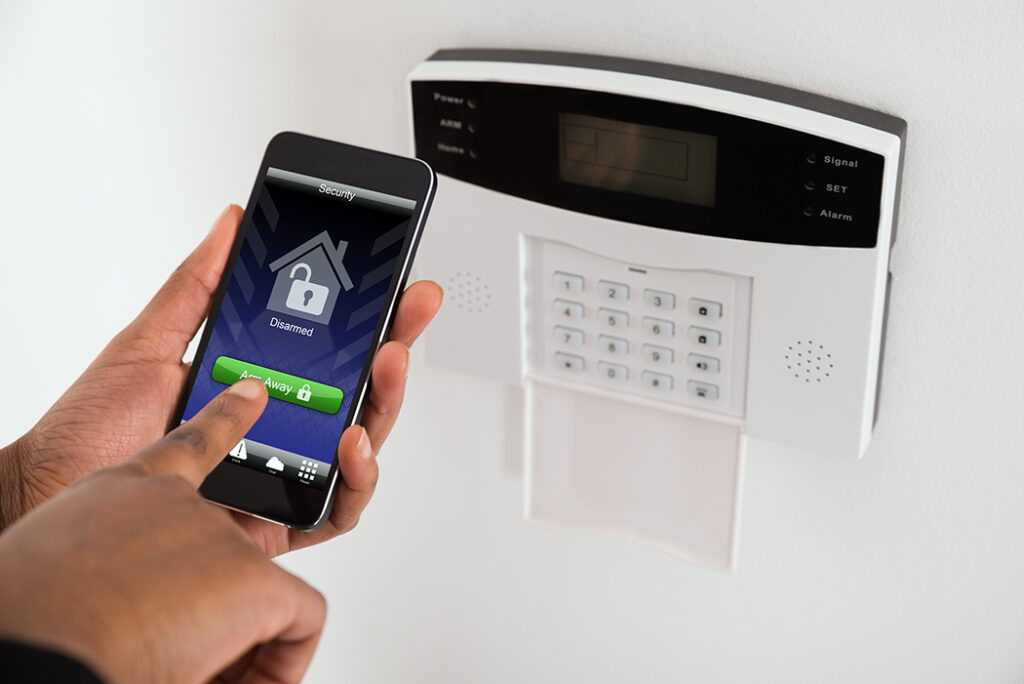A popular security news story is making the rounds about how a key security upgrade for the El Pollo Loco restaurant chain managed to reduce false alarm costs by 95% while fixing enormous vulnerabilities in the alarm system that had led the company to pay for services it wasn’t even receiving.
Stories like this tend to make retailers, restaurants, and other companies wonder if they are spending too much on security too, especially when it comes to false alarms. A business storefront that has been hit with false alarm fees just a couple of times in the past few months may be paying hundreds or even thousands of dollars to local cities for the errors. Those are unacceptable losses for many businesses, which is why owners are upfront about wanting to cut down on their false alarm rates. When this is a priority, here’s how to handle client needs.
Offer Alarm Testing When Possible
If you are working for a client before installation, offer to test their current system and see if there are any specific issues causing false alarms. This is an excellent opportunity to offer specific, actionable solutions that can fix the issue, and the owner will be grateful to be presented with a clear option – and both of you will learn more about the security system as a result.
After a new installation, it’s often worth offering a final alarm test for a client to make sure all alarms are working properly, sensors are properly aligned, and there are low risks of a false alarm. If an alarm immediately starts giving false alerts after installation, that’s a poor look for your business, not to mention an angry client paying extra fees.
Recommend Monitoring Services (or Rerouted DIY Monitoring)
If the client is not already using monitoring services or is unhappy with their current monitoring company, recommend a dependable monitoring service that will serve as a buffer and cut down on false alarm problems, especially when it comes to paying fees.
It’s helpful, at this point, to company monthly fees from your recommended monitoring services to the false alarm fees that the business has paid in the past, or could pay with, say, one false alarm every couple of months. Note that false alarm fees tend to build over time with repeat violations. For many types of businesses, the potential savings should be clear.
If the client isn’t interested in monitoring services at all, you can also recommend routing alarms to their own personal devices for double-checking before calling the authorities. This carries more risks, but it is a viable alternative for attentive owners and managers.
Go Over Permits and Maintenance
It’s also a good idea to take time to go over alarm permit requirements with a client and find ways to meet all permit recommendations. For example, here’s what the city of Houston requires for businesses interested in an alarm permit to cut down on false alerts: In this case, you could help the client find specific alarms that don’t trigger during power outages, don’t trigger due to weather problems or temperature changes, and aren’t likely to trigger due to battery levels. You can also check current devices to see if they may have a problem with these areas.
Along with permit discussion, it’s also a good idea to talk about a maintenance plan, and any training plans if employees need to learn how to operate the security system properly. This can go a long way in preventing future false alarms.
Educate About Alarm Delays
Many alarms or monitoring services are built with automatic delays before they sound or contact authorities. As we have discussed before, this may dismay clients that are hoping for immediate reactions. Talk with them about how alarm delays can help reduce the likelihood of false alarms, and how multiple successive sensor alerts are important for confirming problems without endangering people or property. Clients can also look for specific monitoring services that promise to avoid delays when responding to alerts for extra peace of mind.
Show Enhanced Alarm Sensor Technology
Clients that want to stop false alarms should understand the full benefits of upgrading older systems! Today’s common alarms, including fire alarms, have more advanced sensors, microprocessors adept at reading data to recognize false flags, and dual sensor setups that it easier to confirm a real emergency from a fake alert. When a business owner understands that upgrading to new alarms has a direct connection to reducing false alarms because of the technology used, they are more likely to express interest in an installation.
Conclusion: Turn Client Concerns Into Successful Relationships
If false alarms are a problem or a growing complaint in your area, don’t hesitate to turn it into a marketing opportunity. These ideas will help you can get started when reaching out to clients about false alarms, but there is more you can do. Consider a webpage on false alarm prevention to direct traffic to your site, or an infographic showing the specific cost differences between false alarm fees in your city and steps you can take to prevent them.
Finally, remember: One of the key facets in the El Pollo Loco story was that the restaurants were paying for an alarm service they weren’t getting: A focus on security, integrity, and partnerships with the most trustworthy vendors is important for impressing clients.






